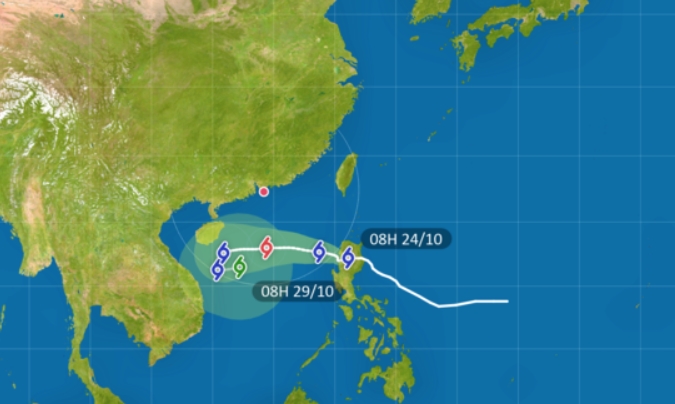
Earthquake Details and Immediate Impact
The 7.9 magnitude earthquake struck central Myanmar on March 28 at 12:50 p.m. local time. The epicenter was located at a shallow depth of 6.2 miles (10 kilometers), making the shaking more intense at the surface. Just 12 minutes later, a 6.7 magnitude aftershock hit the same region, followed by nine smaller quakes ranging from 4.4 to 4.9 magnitude.
The earthquake caused significant damage, with at least 144 fatalities and 732 injuries reported by Myanmar’s military junta. A monastery and multiple buildings collapsed, leaving many trapped under rubble. In Bangkok, Thailand, a 33-story high-rise under construction collapsed, killing 10 people, injuring 16, and leaving 101 missing.
The shallow depth of the quake amplified its destructive power, similar to the 2023 earthquakes in Turkey that caused widespread devastation. Roads and bridges were damaged, disrupting transportation and emergency response efforts. Local communities faced immediate challenges, including displacement and the urgent need for shelter, food, and medical aid.
Geological Context and Seismic Activity
The earthquake occurred along the Sagaing Fault, a nearly 1,000-mile (1,600 km) long strike-slip fault that runs north-south through Myanmar. Strike-slip faults occur when tectonic plates slide past each other horizontally, often causing powerful earthquakes.
This region is seismically active due to the ongoing collision of the Indian Plate with the Eurasian Plate. Over millions of years, this collision has formed the Himalayas and continues to generate significant tectonic stress. Since 1900, six other magnitude 7 or greater earthquakes have occurred within 155 miles (250 km) of this event, including a 7.9 magnitude quake in 1912.
The shallow depth of the earthquake, combined with its high magnitude, caused significant ground displacement, likely shifting the earth horizontally by several meters. This type of movement can lead to severe structural damage, especially in areas with poor building standards.
Global Impact and International Response
The earthquake’s tremors were felt in neighboring countries, including China and Thailand. In Bangkok, the collapse of the high-rise building highlighted the far-reaching effects of the quake. The international community responded swiftly, with aid and support from countries and organizations like the United Nations and the Red Cross.
Myanmar’s economic ties with neighboring countries also felt the impact, as damaged infrastructure disrupted trade and supply chains. The long-term economic costs of rebuilding are expected to be substantial, particularly for local industries and communities.
Humanitarian and Social Impact
The immediate humanitarian response focused on providing emergency aid, including medical assistance, food, and clean water. Vulnerable populations, such as the elderly, children, and people with disabilities, faced heightened risks. Local and international NGOs played a critical role in delivering support.
Survivors also faced psychological trauma, requiring mental health support and counseling. Community resilience became essential, with local leaders coordinating relief efforts to address the urgent needs of displaced residents.
Environmental Impact and Recovery Efforts
The earthquake triggered landslides and soil liquefaction, particularly in hilly areas. These environmental effects disrupted local ecosystems and displaced wildlife. Environmental agencies worked to assess and mitigate the damage, emphasizing the need for sustainable recovery practices.
Rebuilding efforts focused on environmentally friendly methods to minimize long-term ecological impacts. International environmental organizations supported these initiatives, while local communities played a key role in recovery and rebuilding efforts.
Lessons Learned and Future Preparedness
The earthquake underscored the importance of earthquake preparedness and early warning systems in seismically active regions. Continued research and monitoring of the Sagaing Fault are crucial for understanding and predicting future seismic activity.
International cooperation remains vital for effective disaster response and recovery. Advances in technology, such as seismic monitoring and social media, can improve communication and coordination during emergencies. Building community resilience and strengthening local leadership are also essential for reducing the impact of future earthquakes.












